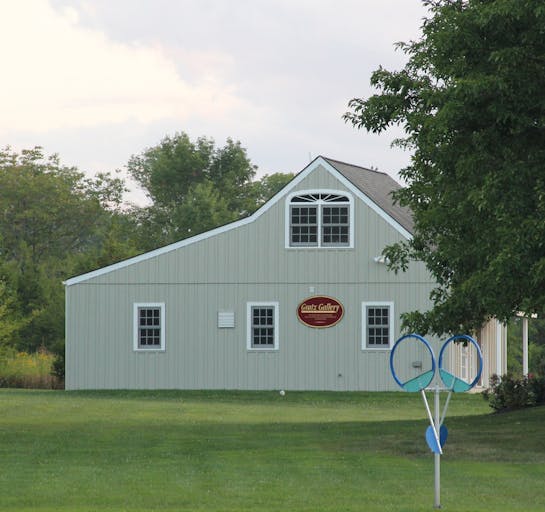Mark Rothko
1903 - 1970

Mark Rothko
1903 - 1970
Mark Rothko was born Marcus Rothkowitz in 1903 in Dvinsk, Russia. His father was a pharmacist. As a child he spoke Hebrew and Russian until he was ten years old; in 1913 he and his two sisters, Anna and Sonia, came to Portland, Oregon, where their parents had preceded them. They wore labels explaining that they did not speak English; he enrolled in an Immigrant School. In 1921 he won a scholarship to Yale University; he was one of three immigrant seniors to get into Yale. He planned on becoming a labor leader. In 1923 he left Yale, moving to New York to work as a bookkeeper for an uncle. Somewhere along the way he disavowed his faith, struggling with a cultural identity developed against a hostile backdrop of anti-Semitism.
In 1925 he began taking life-drawing classes eventually studying at the Art Students League with Max Weber. He was also much influenced by Milton Avery's simple paintings and by the work of Matisse. In 1935 he co-founded "The Ten" with Adolf Gottlieb; they were a group of artists who espoused expressionist or emotive styles as opposed to abstract artists whose work was removed from emotional content. In the late 1940s he taught at the California School of Fine Arts and became a significant influence for Abstract Expressionism on the West Coast.
During the 1930s and 1940s he eked a life out of part-time teaching and the WPA artists' work program. His first marriage to a fellow artist ended in a nervous breakdown for Rothko and divorce. In 1944 he met his second wife, Mary Alice (Mel) Beistle. They had two children, a daughter, Kate, and a son, Christopher. He didn't make a living from his painting until the mid-1960s. Then everything in his career seemed to flower.
Rothko's works underwent a transition as time went on; they became larger and larger in size and less figurative, brighter and deeper in color, until they became rectangles of color in different configurations. Rothko became more obsessive about his work: he disliked group shows and usually declined to participate in them; he fussed about the lighting of his paintings and the color of the walls on which they were hung; he insisted that his paintings be hung in groups and not mixed with canvases that were different in color and design. Unfortunately, he bought some of his pigments in Woolworth's and didn't even know what they were; as a result of this, as well as high levels of light, the paintings and murals faded rapidly.
In spite of these occurrences, Rothko's work was accepted and increased in value considerably after his death. There was a famous legal battle over his estate that lasted from 1971 to 1977. His children ended up with fewer than one hundred of their father's works.
Rothko killed himself with a razor and pills in 1970.
Source: Askart.com
